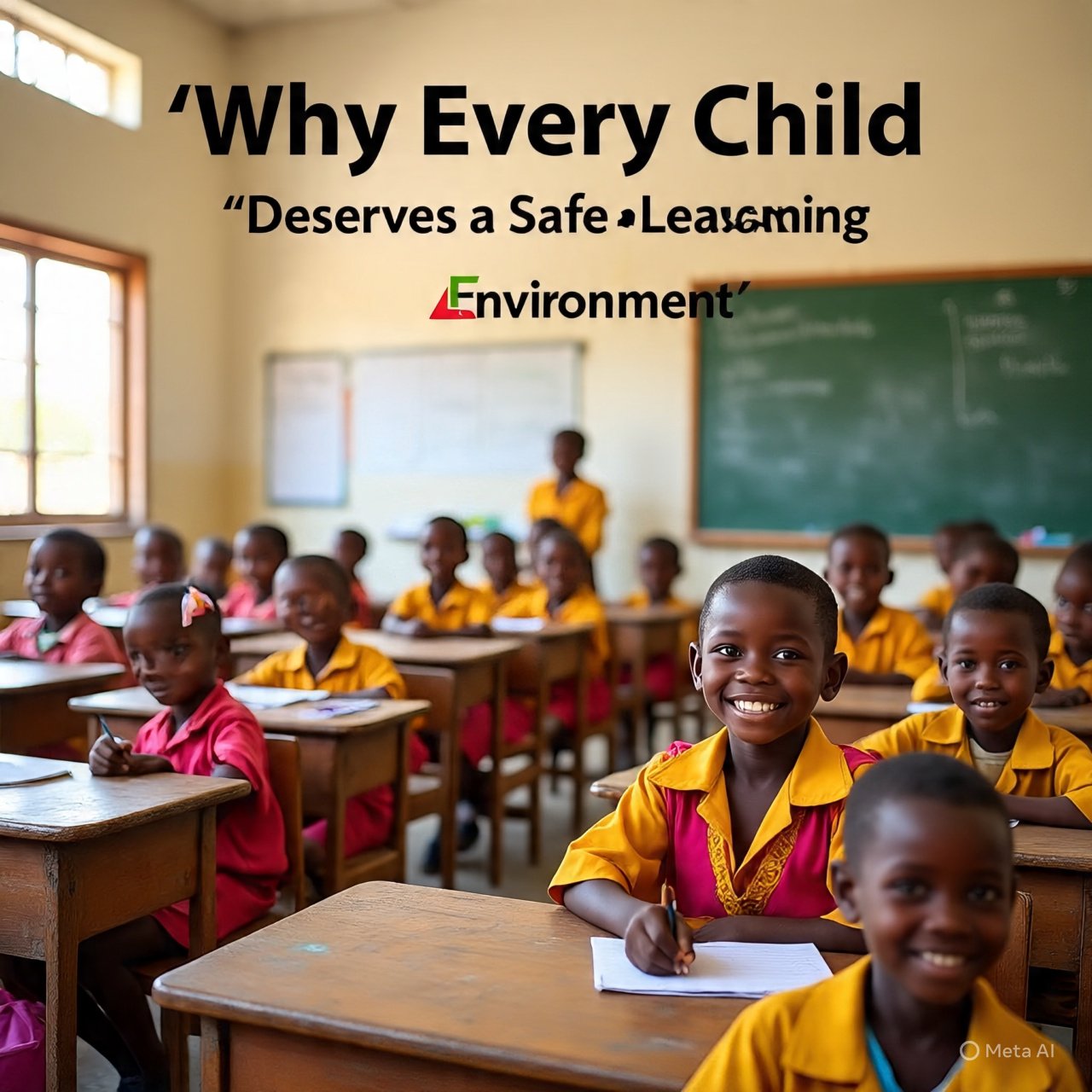
The Right to Safety: Why Every Child Deserves a Safe Learning Environment
Introduction to Safe Learning Environments A safe learning environment is a fundamental aspect of children’s education, serving as a sanctuary for intellectual, emotional, and social development. It is characterized by the absence of physical and psychological threats, allowing students to engage in their academic pursuits without fear or anxiety. Such environments not only foster positive
Read More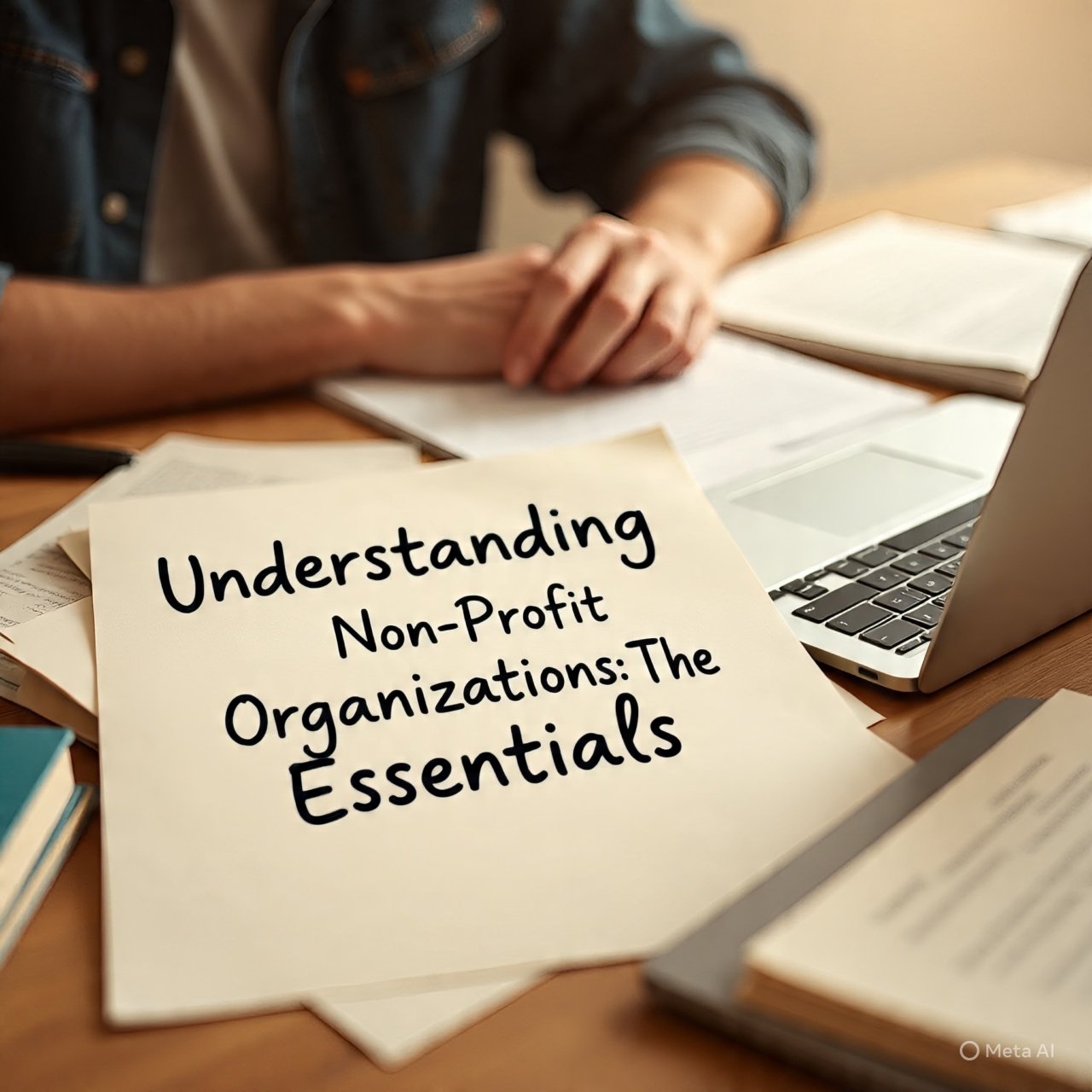
Understanding Non-Profit Organizations: The Essentials
What is a Non-Profit Organization? A non-profit organization (NPO) is a type of entity that operates for purposes other than generating profits for owners or shareholders. The fundamental objective of non-profit organisations is to serve the community or fulfill a specific mission that benefits society as a whole. This is in stark contrast to
Read More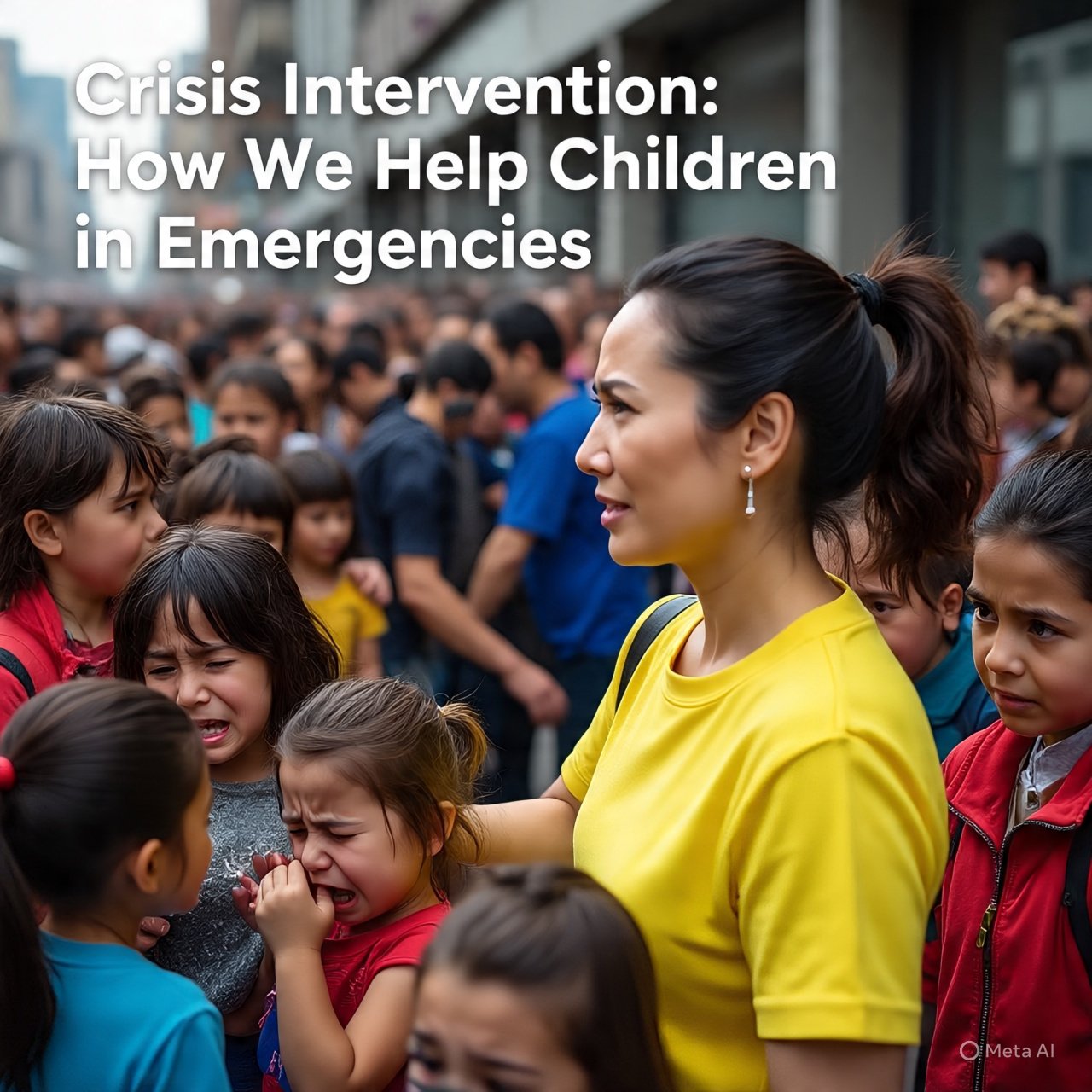
Crisis Intervention: How We Help Children in Emergencies
Understanding Crisis Intervention Crisis intervention is a vital process designed to provide immediate support and relief to individuals facing acute distress, particularly children experiencing emergencies. In the context of child crisis intervention, this approach is tailored to address the unique vulnerabilities of children, who may not possess the coping mechanisms necessary to deal with traumatic
Read More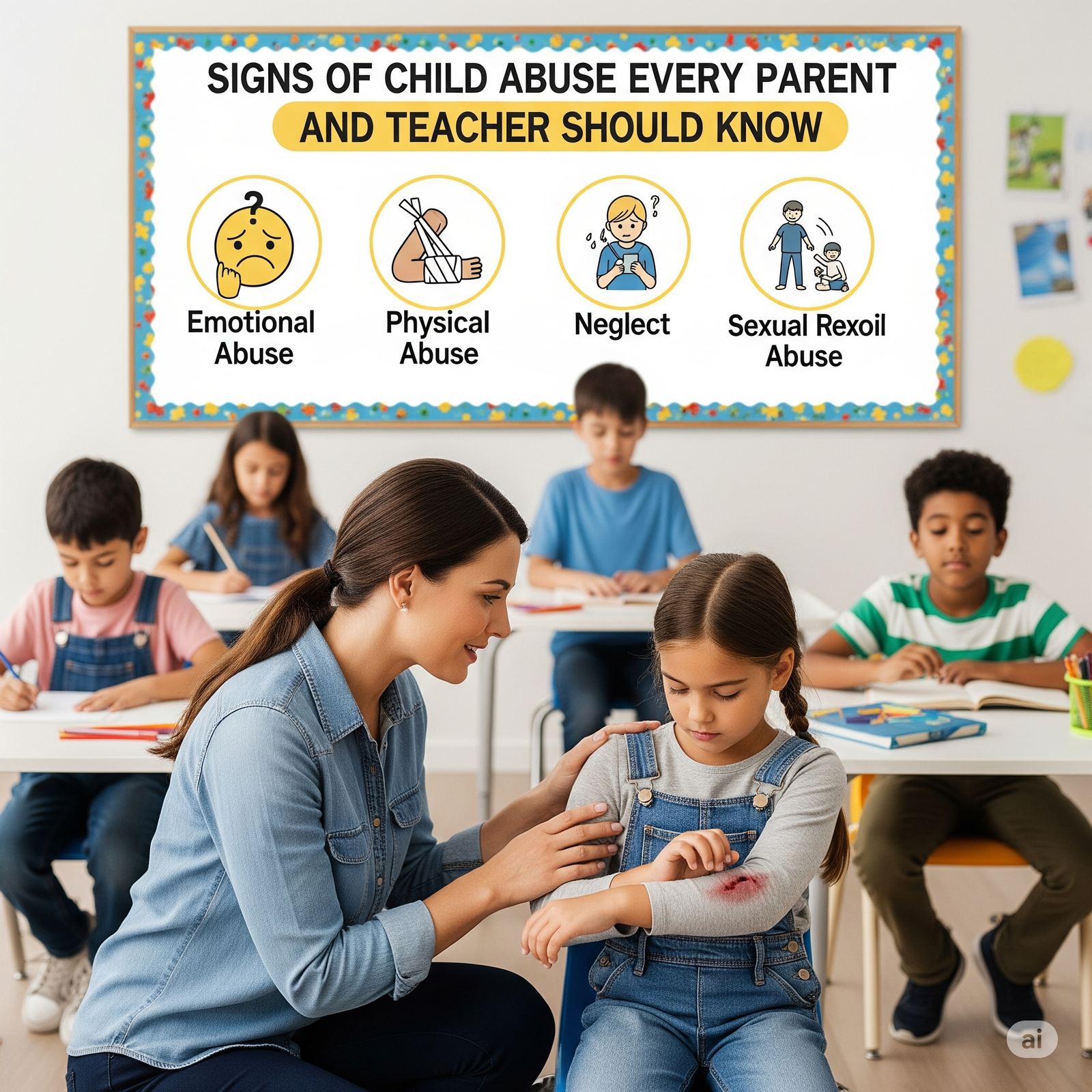
Recognizing the Signs of Child Abuse: A Guide for Parents and Teachers
Understanding Child Abuse Child abuse can be defined as any form of maltreatment that results in physical, emotional, or psychological harm to a child. It encompasses various types of abuse that can have long-lasting effects on a child’s well-being. These include physical abuse, characterized by intentional harm or physical injury to a child, and emotional
Read More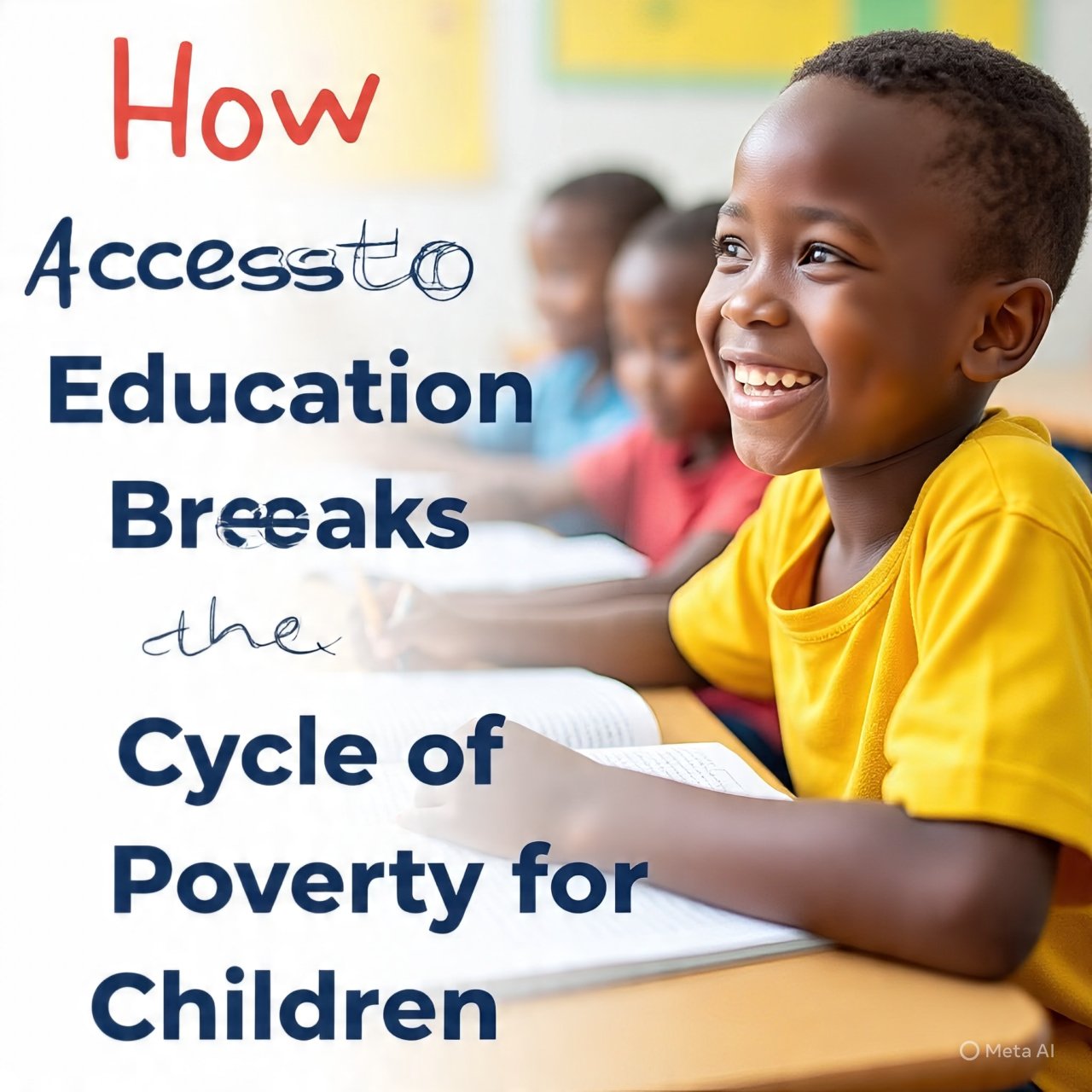
Breaking the Cycle: How Access to Education Transforms Lives and Ends Poverty
Introduction to the Cycle of Poverty The cycle of poverty is a critical issue that affects millions of children around the globe, particularly in developing nations. It is characterized by a continuous loop where poverty leads to limited access to education which, in turn, perpetuates poverty. This cycle creates an environment where children from disadvantaged
Read More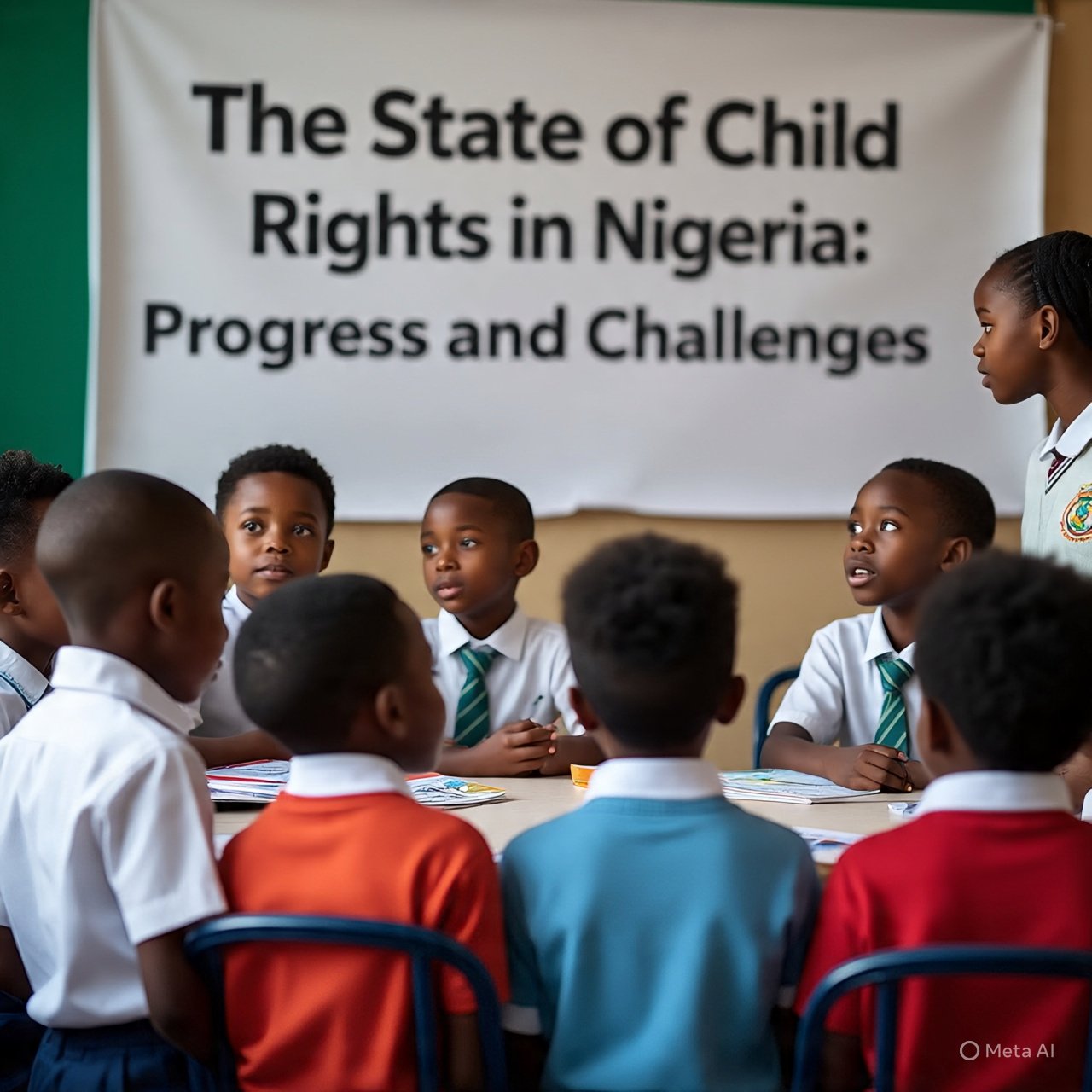
The State of Child Rights in Nigeria: Progress and Challenges
Introduction to Child Rights in Nigeria The concept of child rights is anchored in the recognition that children, due to their unique developmental needs and vulnerabilities, require special protections and care to ensure their growth, survival, and overall development. In Nigeria, these rights are primarily framed within the context of the Nigerian Child Rights Act
Read More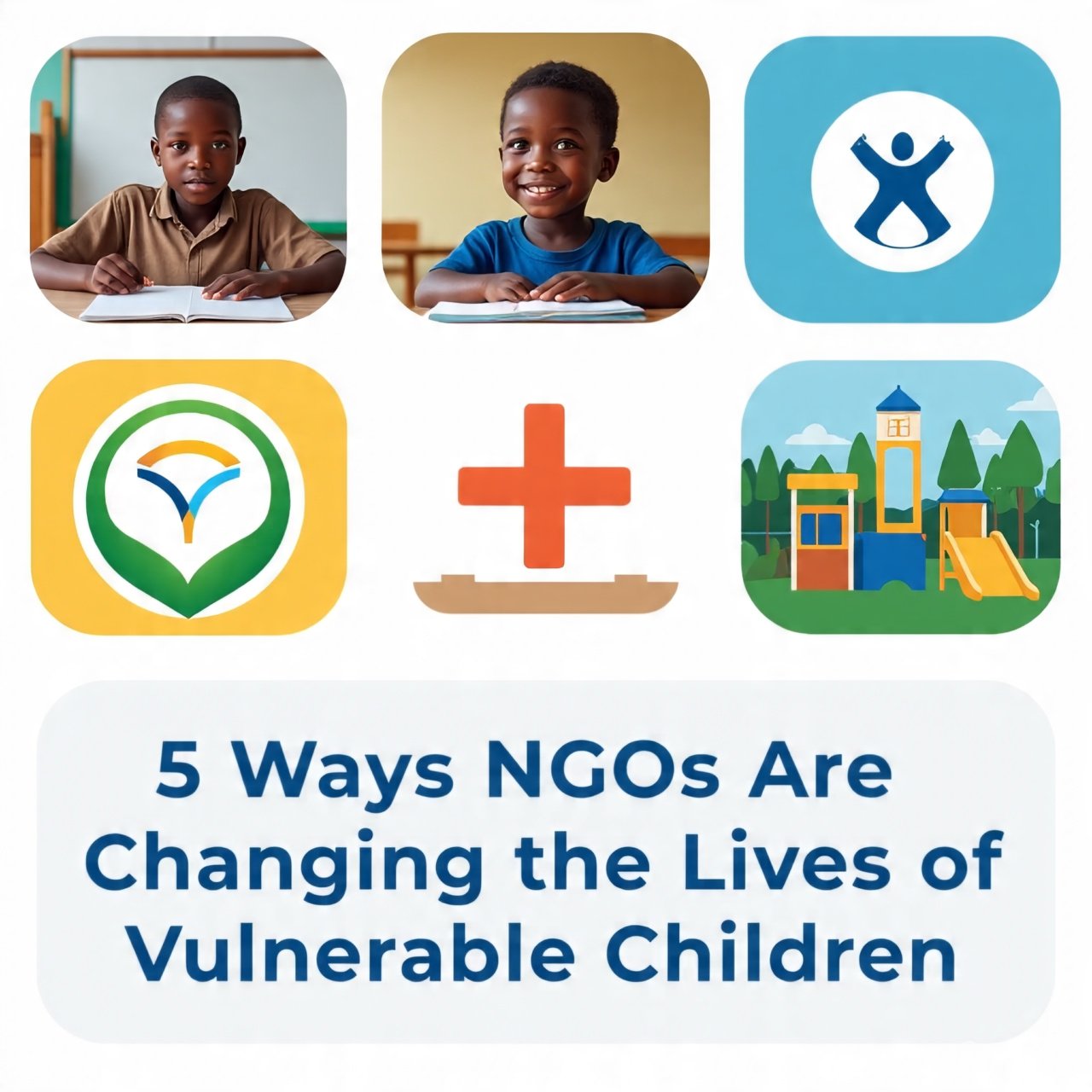
5 Ways NGOs Are Changing the Lives of Vulnerable Children
Introduction Vulnerable children in Nigeria face numerous challenges that hinder their development and well-being. These challenges include poverty, lack of access to education, malnutrition, and exposure to violence or exploitation. As a result, many children find themselves in precarious situations, with their potential stifled by socio-economic barriers and limited support systems. The pressing need for
Read More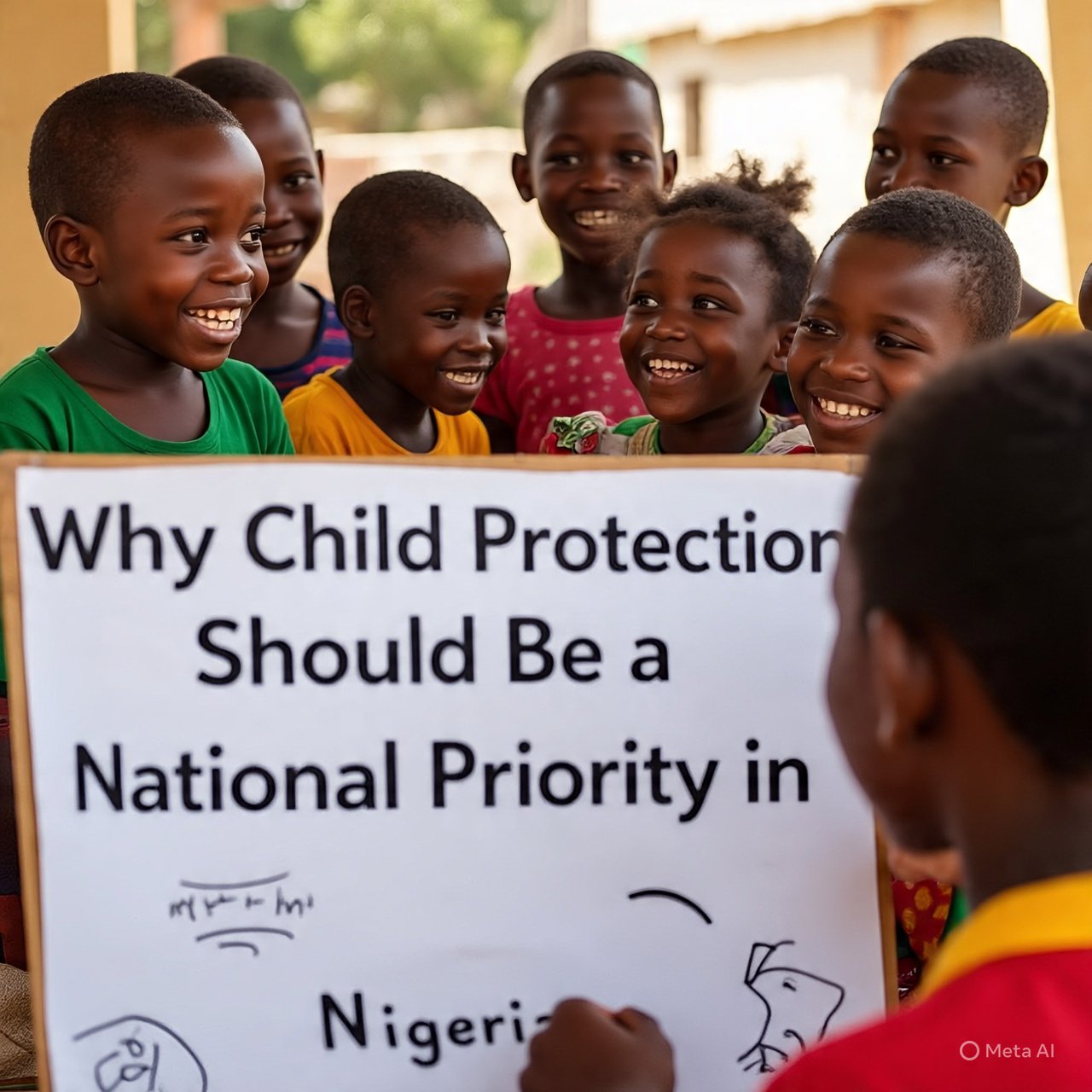
Child Protection: A National Priority for Nigeria
Introduction to Child Protection Child protection is a critical aspect of human rights that aims to safeguard the well-being of children, ensuring they are free from abuse, neglect, and exploitation. In Nigeria, the significance of child protection is underscored by the alarming statistics surrounding child welfare in the country. Reports indicate that millions of
Read More

